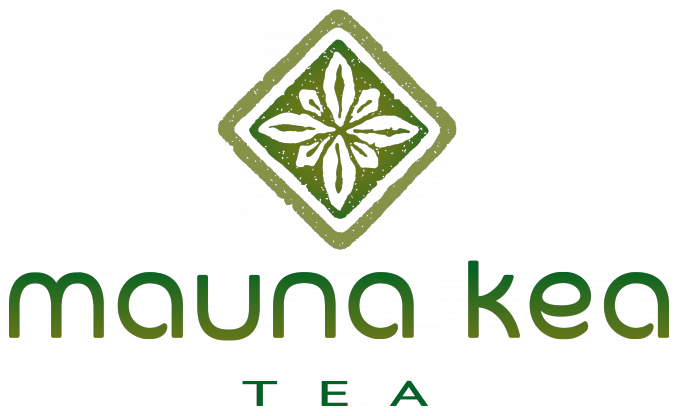Natural Farming
Tea and Pesticides: how to avoid pesticide exposure from drinking tea
Pests and disease are inseparable parts of tea farming, thus pesticides to prevent and treat the pest and disease problems. In this series we will look at:
- The relationship between wild grown tea plants and pests
- How modern tea farming amplify the pest and disease problems,
- How and what pesticides they use to treat the problems,
- As a consumer how to avoid heavily sprayed tea
- Organic and wild harvest tea
Part one focuses on the first two topics.
1. The Relationship Between Tea and Pests
Wandering into old mountain forest of Japan, I have encountered wild tea plants growing sporadically in their own natural habitat. There are not abundant tender supple tips to harvest, but in general plants are healthy. The wild tea shows small signs of pests and disease, but it is minimal. The plants vary widely in their leaf shape, size, color, and even growth form. Some even appear as bonsai trees found in Japanese garden. The plants seem 20-50 years of age, could be more than 100 years. They mostly live humble and thrifty existence, yet appear rather healthy.
In the wild, tea is often found in subtropical moist environments under forest canopy. The soil is highly acidic (pH 4-5) and very low in nutrients. Tea plants typically contain high levels of theanine, polyphenols, and caffeine. These chemicals are its natural defense and especially high in new growth. Low levels of available nitrogen and deep taproot demand tea plants to be hardy. Flush is seasonal, tough and often in very small quantity, yet highly aromatic much like wild herbs. Wide genetic diversity of tea plants and wild ecosystem make tea plants to blend into the natural surrounding and makes it difficult for pests and disease to spread like a epidemic.
2. Modern Tea Farming and Pest Control
Many tea farmers I have come across often say that pests and disease are inseparable parts of tea farming, thus pesticides to protect the crops. Although it may diminish certain pest problems, large scale monoculture, heavy fertilizer use, open canopy and low lying cultivation area all deviate from natural growing conditions and further pose potential pest problems.
Heavy use of nitrogen fertilizer, for example, generally enhance vegetative growth and helps increase yield and tender tips, but excessive level of nitrogen makes plants weaker and more susceptible to pests and disease.
Tachibana (1997) found that amount of nitrogen fertilizer applied has effect on healthy root system on top soil and subsoil. Heavy application of nitrogen fertilizer acidify the soil and burn the roots.
Modern farming practices focus on maximizing the yield. This yield increase generally involves excessive amount of fertilizer use in highly altered growing environment. It is easy for pests to find the host and spread.


I like to drink tea, especially clean tea, I hope tea farms will have a process of producing clean tea so that everyone can enjoy clean tea every day.